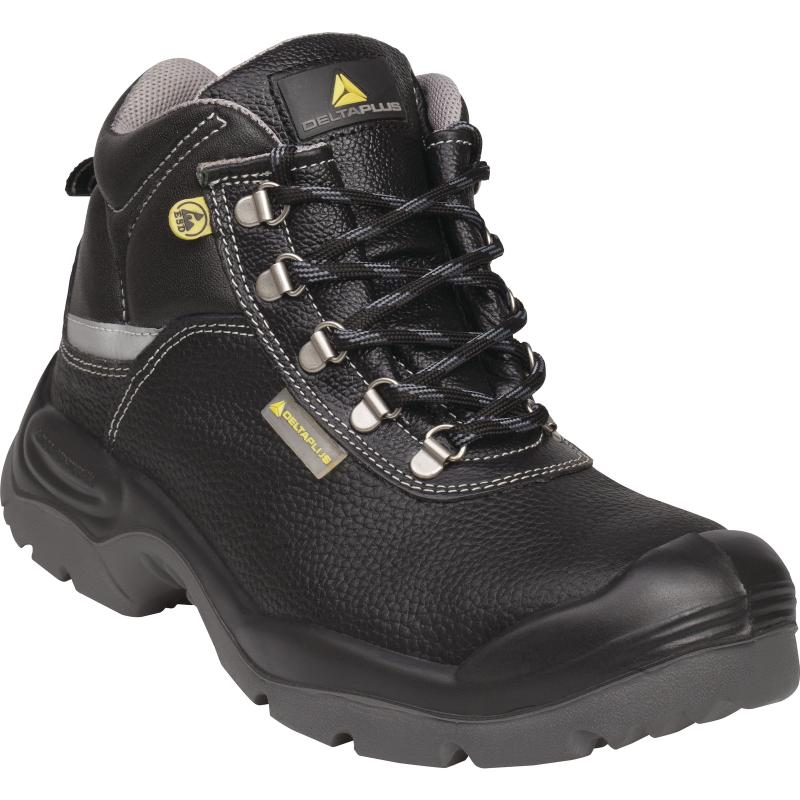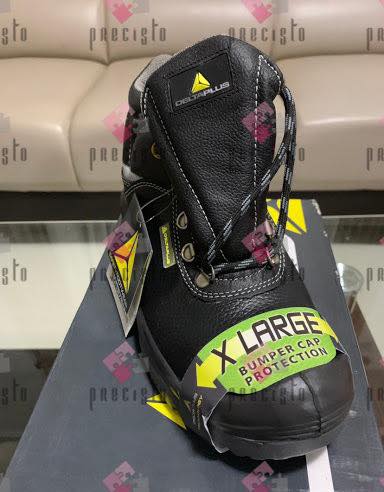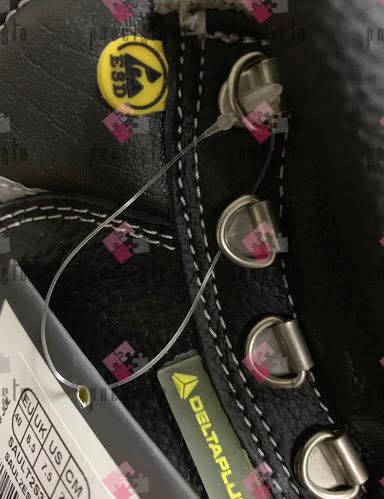DELTA PLUS SAULT2 S3 SRC ESD
₱3,499.00
SAULT2S3ESD
Product images are for illustrative purposes only and may differ from the actual product.
Click here to view the Size Guide
Specifications
Lining: Textile – Polyamid
Insole: EVA – Polyamide
Outsole: Injected – PU – 2d
Reinforcements: PU
Anti-perforation insert: Stainless steel
Safety toe-cap: Stainless steel
Lacing system: Laces
Weight: 734 g per shoe
Lining material: Textile – Polyamide
Footbed material: EVA – Polyamide
Footbed characteristics: Removable – Breathable – Pre-molded
Outsole material: PU – 2d
Outsole finish: Injected
Anti-perforation insert (pierce resistance): Stainless steel
Safety toe-cap: Stainless steel
Product Use
- Public works
- Building
- Finishing works / Craftsmanship
- Light industry
- Maintenance
- Automotive
- Mining
- Temporary work
- Public services
- Water and waste treatment
- Power Energy
Protects From The Following Risks
- Antistatic
- Shock
- Slip
- Perforation





